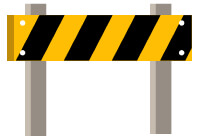Module 1: Creating a social impact model
0/5
Module 2: Thinking Global: Aligning your social enterprise with the global goals
0/6
Module 3: Finding your competitive edge
0/5
Module 4: Analyzing customers and proposing value
0/7
Module 5: Developing the business model
0/7
Module 6: Developing a minimal viable product and customer development
0/12
Module 7: Financial Feasibility Analysis
0/6
